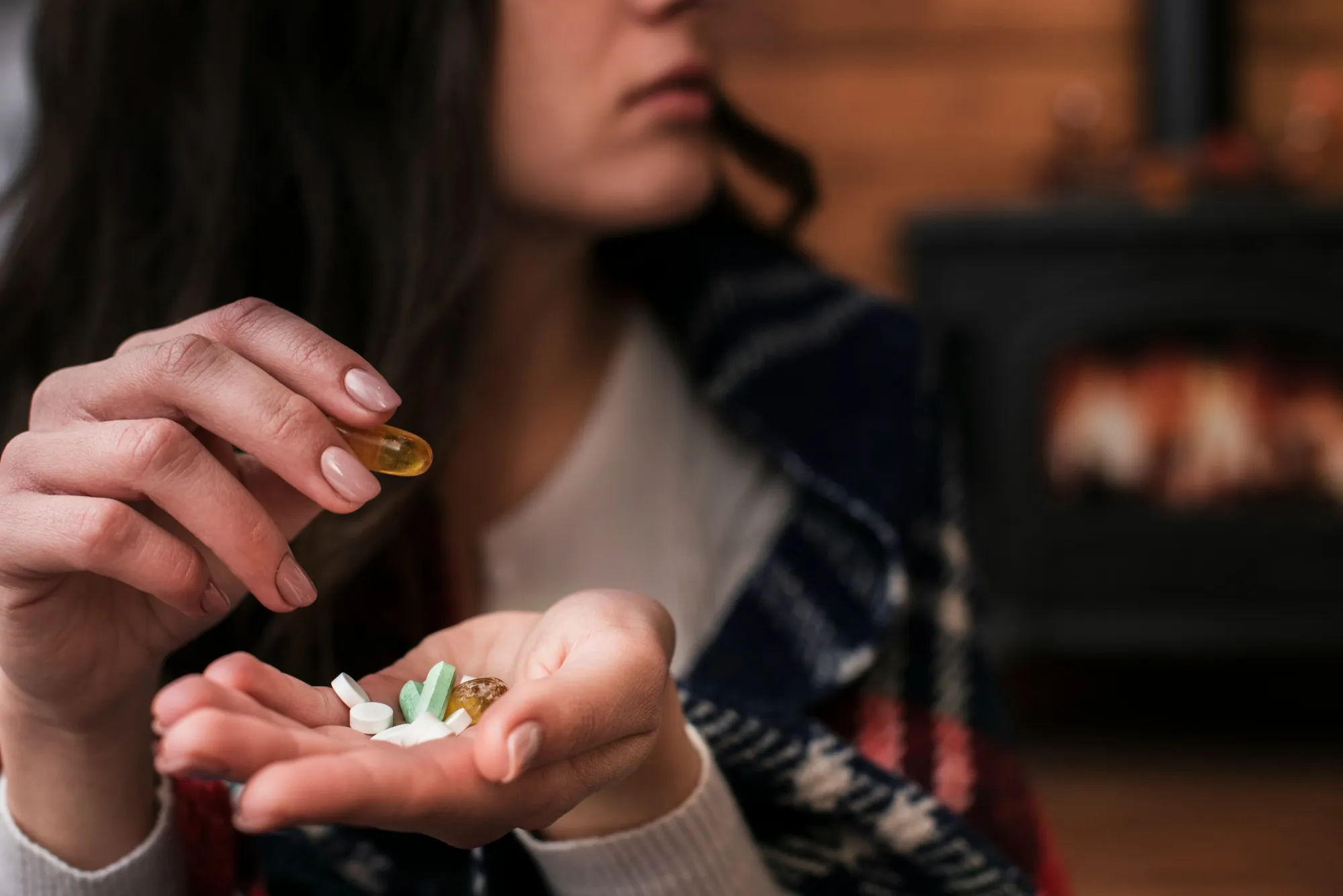Amid an enduring quest for alternative therapies, a promising study emphasizing the potential of a traditional medicinal plant, Achyranthes ferruginea Roxb., commonly known as Roktoshirinchi, has grabbed the scientific spotlight. Researchers from esteemed institutions in Bangladesh have unveiled groundbreaking insights into the neuropharmacological and analgesic capabilities of this plant, used across various Asian and African cultures to address an array of health issues.
Published in the esteemed Journal of Ethnopharmacology (J Ethnopharmacol) under the DOI: [10.1016/j.jep.2024.117769], the article focuses on the chloroform fraction of A. ferruginea leaves, exploring its chemical, toxicological, and therapeutic properties through a series of rigorous tests. The findings, a culmination of both experimental and computational models, pave the way for developing novel treatments for neurological disorders and pain management.
Traditional Use and Modern Investigation
Embraced by traditional medicine practitioners for centuries, A. ferruginea has acquired a multitude of local names based on its geography: Gulmanci in Nigeria, Dangar in Pakistan, Thola in Ethiopia, and Roktoshirinchi in Bangladesh, to name a few. The plant boasts an extensive roster of ethnomedical applications that span from treating hysteria and constipation to more severe conditions such as asthma and shigellosis. However, until recently, scientific validation of its claimed neuropharmacological and analgesic effects was scarce.
The research team spearheaded by Reza A. S. M. Ali et al. embarked on a quest to elucidate A. ferruginea’s therapeutic potency. They employed an integrative approach that combined traditional experimental techniques and advanced pharmacoinformatic tools. By doing so, they hoped to map out the complex biological pathways involved in the plant’s medicinal effects.
The Scientific Expedition
The researchers started by extracting leaves of A. ferruginea with methanol and subsequently fractionating the extract into various solvents, ultimately focusing on the chloroform fraction (CLF) for its potential medicinal properties. In a meticulously architected study design, they conducted chemical element and proximate analyses, followed by phytochemical profiling using Gas Chromatography-Mass Spectrometry (GC-MS).
Departing from the customary bounds of pharmacological inspection, the team delved into an in-depth toxicological study administering 300 μg of CLF per rat per day over two weeks. This stringent examination process extended its scope to encompass measurements of the compound’s effects on growth, hematological and biochemical parameters, and cellular organs.
In a series of behavioral tests, the team assessed the fraction’s impact on depression and anxiety, using the forced swim test (FST), tail suspension test (TST), elevated plus maze (EPM), hole board test (HBT), and light and dark box test (LDB). These tests measure locomotor activity and behavioral despair, shedding light on the anxiolytic and antidepressant effects of the plant.
To test for analgesic effects, the study incorporated acetic acid-induced writhing (AAWT) and formalin-induced licking tests (FILT), which are established methods for evaluating anti-nociceptive properties, or the ability to block pain.
Cholinesterase inhibition, an indicator of potential efficacy in treating neurodegenerative disorders like Alzheimer’s, was assessed through an in-vitro colorimetric assay, indicating the magnitude of impact CLF has on the enzymatic activity of acetylcholinesterase and butyrylcholinesterase.
Finally, network pharmacology-based analysis took center stage, embracing a bioinformatics approach to associate selected phytoconstituents with genes implicated in neurological ailments. By harnessing tools like STITCH 5, Swiss target prediction, and STRING databases, researchers constructed a molecular interaction network that illuminated gene ontology and engaged in reactome analysis.
The Composition Revealed
The CLF housed an array of 25 phytoconstituents, while the presence of 15 elements, including electrolytes and trace minerals vital for maintaining various biological functions, was confirmed through qualitative chemical element analysis. What’s more, essential factors such as the plant’s moisture content, ash value, and organic matter were precisely quantified, laying a solid foundation for further consideration of the compound’s medicinal viability.
The Verdict on Safety and Efficacy
The study reported that CLF poses no adverse effects on normal rat growth, blood parameters, or cellular organs following 14 days of administration at the selected dose. Encouragingly, it exhibited a marked inhibition of cholinesterase activity, which speaks to its potential in neurodegenerative therapies. The behavioral tests highlighted CLF’s potential to alleviate anxiety and depression, while the pain tests underscored its analgesic properties.
The Way Forward
This pioneering exploration into A. ferruginea’s medicinal properties is a beacon for patients and healthcare providers longing for innovative, nature-sourced therapeutics. The research compellingly advocates for the integration of the chloroform fraction of A. ferruginea into the pantheon of alternative medicine, inviting further investigation into its healing prowess.
With such potent applications on the horizon, the CLF garnered from Achyranthes ferruginea stands as a testimony to the treasures hidden within traditional medicines, awaiting discovery by the curious and determined minds of modern science.
Keywords
1. Achyranthes ferruginea medicinal uses
2. Natural analgesic plants
3. Neuropharmacological properties of Roktoshirinchi
4. Alternative medicine for depression
5. Cholinesterase inhibitors from herbs
References
1. Ali, Reza A. S. M., et al. “Experimental and pharmacoinformatic approaches unveil the neuropharmacological and analgesic potential of chloroform fraction of Roktoshirinchi (Achyranthes ferruginea Roxb.).” Journal of Ethnopharmacology 324 (2024): 117769. DOI: 10.1016/j.jep.2024.117769
2. Houghton, P. J., & Raman, A. (1998). Laboratory Handbook for the Fractionation of Natural Extracts. Chapman & Hall.
3. Newman, D. J., & Cragg, G. M. (2016). Natural products as sources of new drugs from 1981 to 2014. Journal of Natural Products, 79(3), 629-661.
4. Uddin, Md. Nazim, et al. “Plants and natural products for the treatment of skin diseases.” (2021). DOI: 10.1080/13880209.2021.1881860
5. Mas-Coma, S., et al. (2000). Human fascioliasis and the presence of hybrid/introgressed forms of Fasciola hepatica and Fasciola gigantica in Vietnam. International Journal for Parasitology, 30(4), 403-411.
